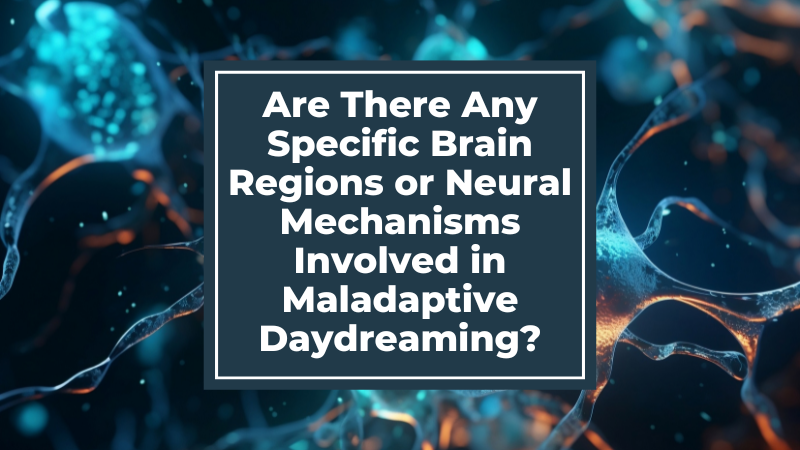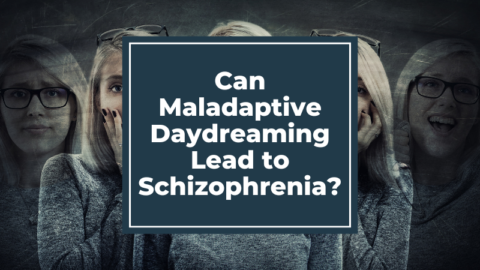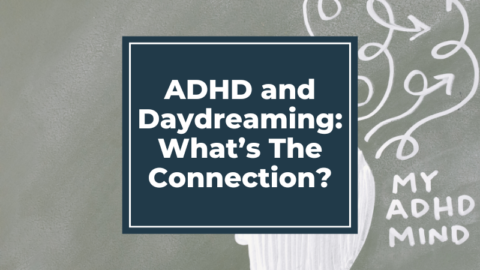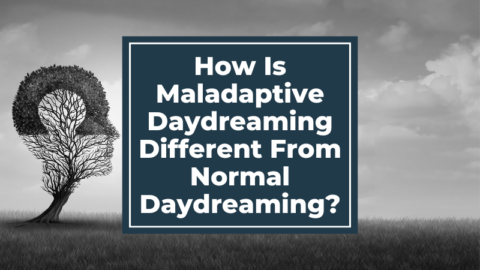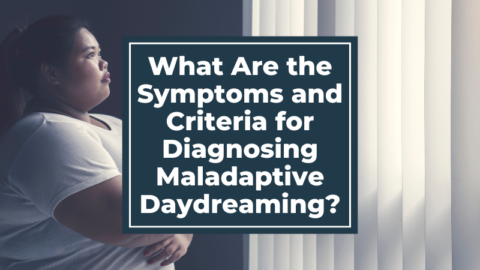The specific brain regions and neural mechanisms underlying maladaptive daydreaming are not yet fully understood, as research on this phenomenon is still relatively limited. However, some studies suggest a potential involvement of brain regions associated with imagination, self-reflection, and attention.
One brain region that has been implicated in maladaptive daydreaming is the default mode network (DMN). The DMN is a network of brain regions that are active during restful and internally-focused states. It is involved in self-referential thinking, mind-wandering, and daydreaming. Abnormalities or hyperconnectivity within the DMN has been observed in individuals with maladaptive daydreaming, suggesting a potential role in the excessive daydreaming experienced by these individuals.
Other brain regions and neural circuits that may be relevant to maladaptive daydreaming include the prefrontal cortex, which is involved in executive functions such as attention and self-regulation, and the limbic system, which is associated with emotions and motivation. Disruptions or dysregulation in these areas may contribute to difficulties in controlling daydreaming and shifting focus to real-life tasks and responsibilities.
It is important to note that research on the neurobiology of maladaptive daydreaming is still in its early stages, and more studies are needed to fully understand the neural mechanisms involved. Further research using neuroimaging techniques and experimental paradigms will help provide a more comprehensive understanding of the brain regions and neural processes underlying maladaptive daydreaming.
While our current understanding of the brain regions and neural mechanisms involved in maladaptive daydreaming is limited, it’s worth noting that individual differences and variations may exist. Factors such as genetics, neuroplasticity, and environmental influences can contribute to the development and maintenance of maladaptive daydreaming.
Additionally, research exploring the relationship between maladaptive daydreaming and other mental health conditions, such as attention-deficit/hyperactivity disorder (ADHD), obsessive-compulsive disorder (OCD), and depression, may shed light on shared neural mechanisms or overlapping brain regions involved in these conditions.
It’s important to recognize that the brain is a complex and interconnected system, and understanding the neural underpinnings of maladaptive daydreaming requires further investigation. Continued research in this area will contribute to our knowledge of the underlying neurobiology and may guide the development of targeted interventions and treatments for individuals experiencing maladaptive daydreaming.
Are you interested in this topic or do you have updated information on this topic? Share with us in the comments below or by joining the Maladaptive Daydreaming Forum.

